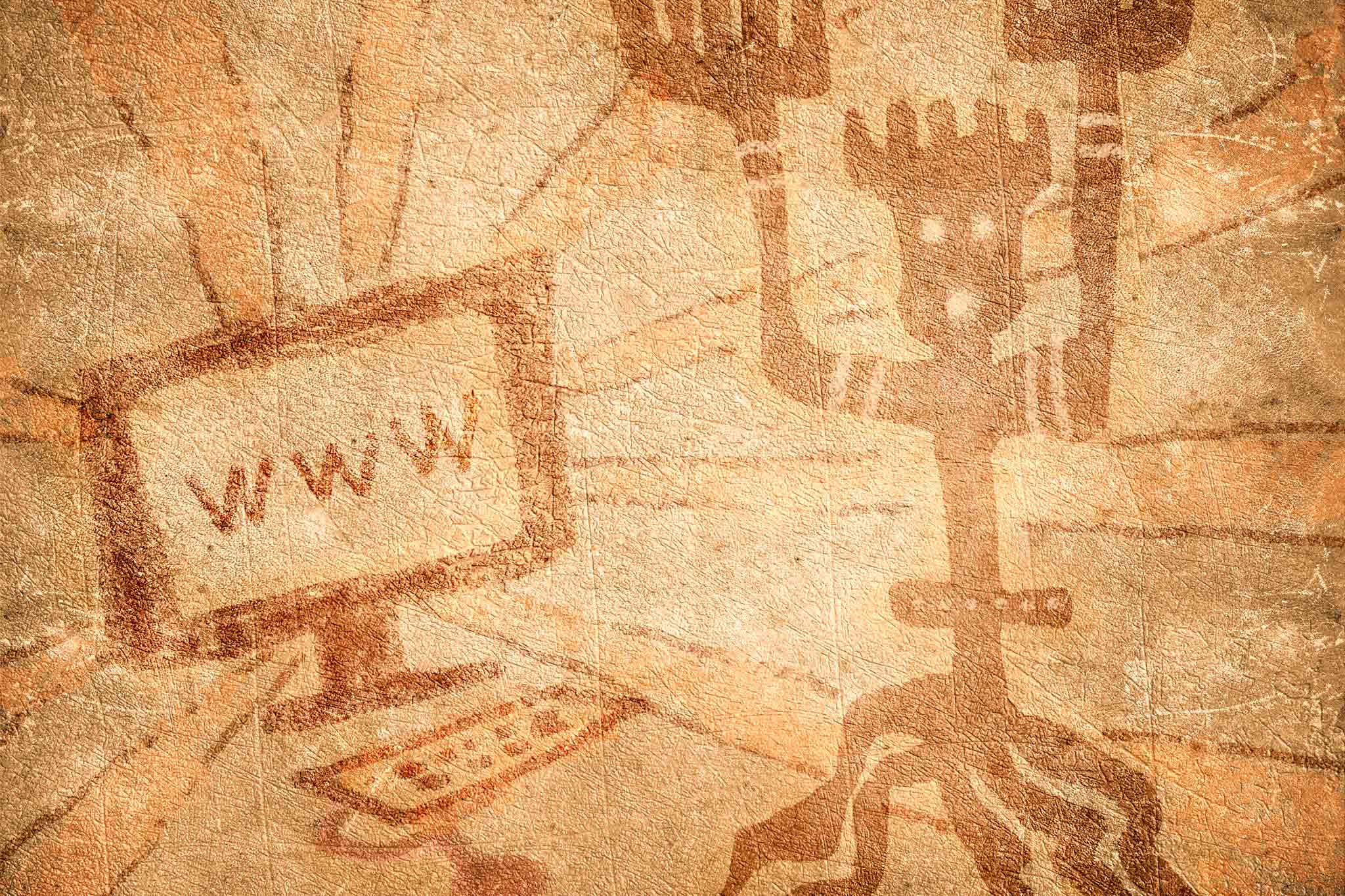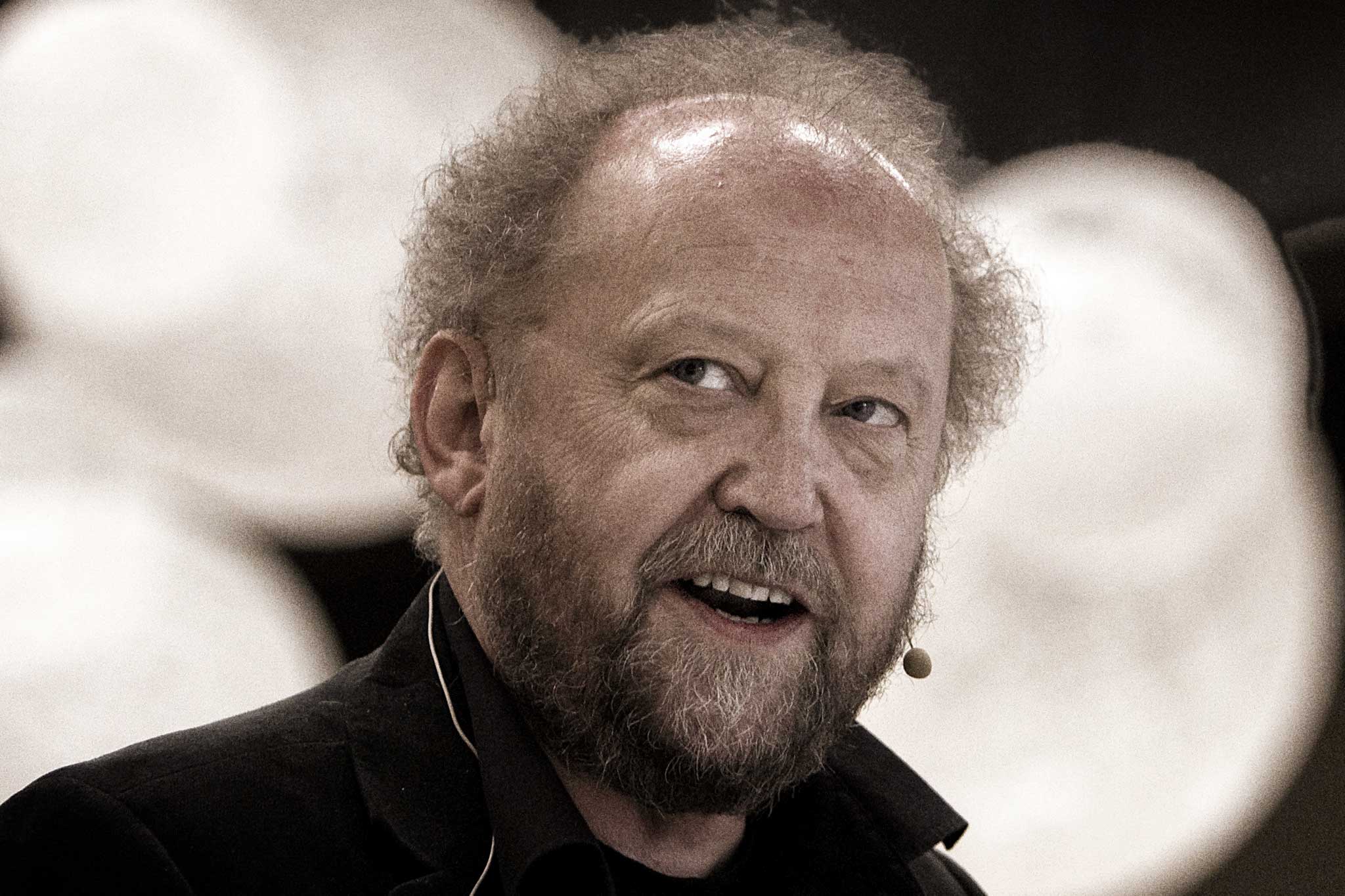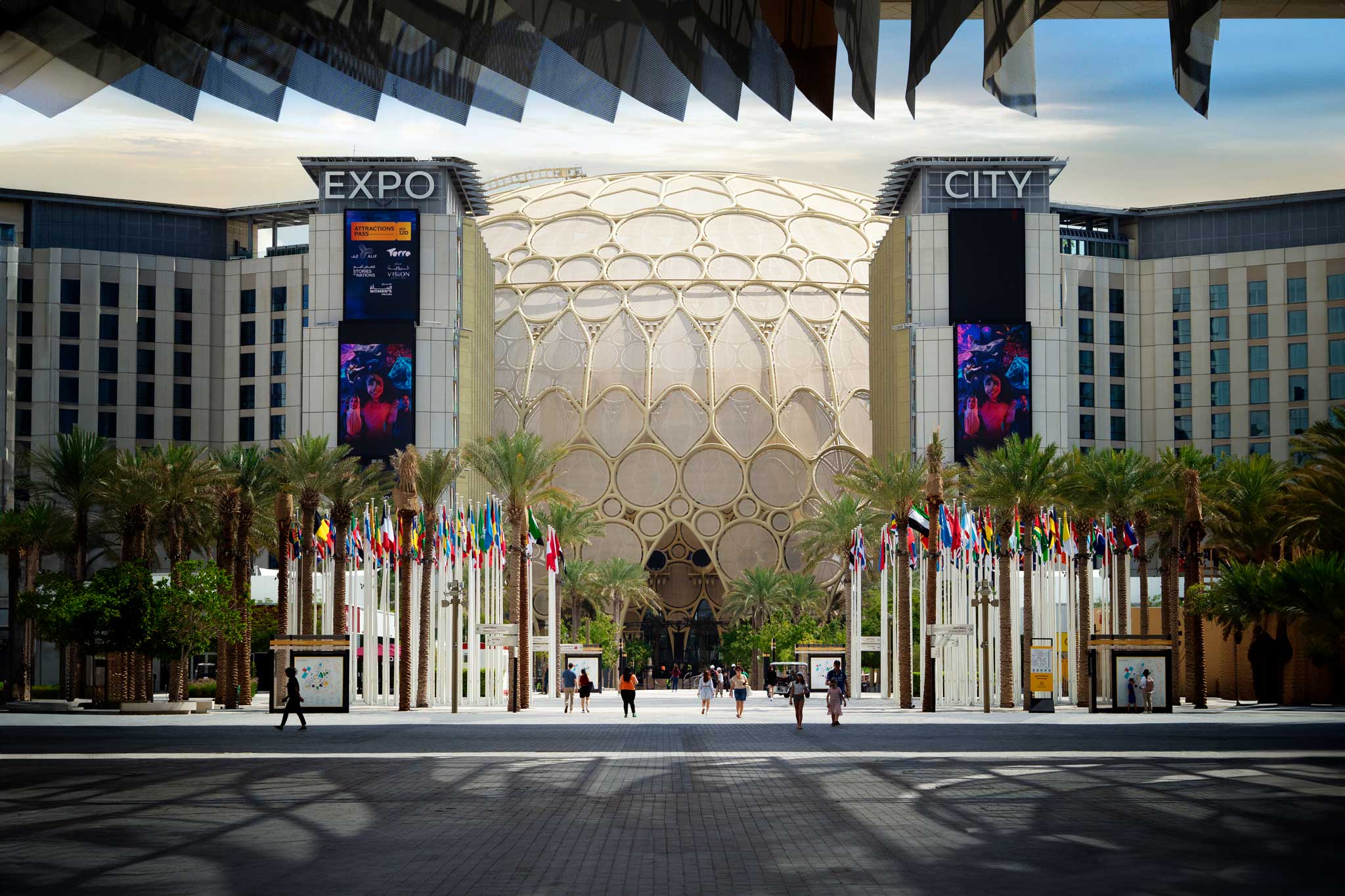In 2009, the biologist E. O. Wilson described what he saw as humanity’s real problem. I think it’s also a meeting problem:
“The real problem of humanity is the following: we have Paleolithic emotions, medieval institutions, and god-like technology.”
E. O. Wilson, debate at the Harvard Museum of Natural History, Cambridge, Massachusetts, 9 September 2009
Wilson sees emotions, institutions, and technology as disjointed in time.
Emotions have driven human beings for millions of years, our institutions are thousands of years old, and we can’t keep up with our advances in technology.
And so it goes with meetings.
Emotions Much as we would like to believe otherwise, our emotions run us, not our rationality. Daniel Kahneman, the winner of the 2002 Nobel Prize for Economics, wrote a long book about this. It’s why businesses sponsor meetings. It’s why we judge meeting experiences largely based on how they were perceived at their peak and at their end. And it is why transformational learning occurs when a group experiences a positive emotional connection together.
Want more evidence? Well, information dumps from an expert lecturer are one of the worst ways to learn anything important. And simple workshops that support connection (which may be emotional) between participants around relevant content provide better learning experiences.
Emotions run us; our rationality comes in a distant second. All meeting design needs to recognise this reality.
Institutions The things we do reflect our culture. And the organisations we have constructed incarnate our culture. Our largest and most powerful institutions, political and religious, are also the oldest, with roots thousands of years in the past.
What we think of as modern business meetings and conferences are hundreds of years old. Changes in their forms and traditions have been principally influenced by technology (see below) rather than any deep changes in human psychology.
The traditional top-down formats of meetings and conferences reflect the top-down structure of the institutions that still largely dominate our world. Traditional institutional norms discourage the creation of meetings that provide freedom for participants to steer and cocreate learning and connection experiences that are optimally better for everyone involved. All too often, top-down institutional culture leads inevitably to hierarchical meeting formats.
So, there’s a disconnect between what’s best for meeting participants due to their fundamental psychological makeup and the dictates of their institutional bosses and the organisations that organise the events.
“What we think of as modern business meetings and conferences are hundreds of years old”
Technology And finally, there’s E. O. Wilson’s “god-like technology.” Even though technology is continually being redefined as anything invented after you were born, it is impossible to ignore how rapidly technology has evolved and changed our culture and our meeting experiences.
I carry in my pocket a phone that has more computing power and far more utility to me than a machine that filled an entire office building when I was a student.
And the Covid-19 pandemic has vividly illustrated how technology has allowed us, almost overnight, to redefine what we have thought of as meetings for hundreds of years to a largely, at least for now, online experience.
Consequently, vendors flood us with technological “solutions” to problems we often are not even aware we have. In some cases, these solutions are manufactured for a plausible yet illusory need. But even when there is a genuine problem that the right technology can solve, our emotions can make it hard for us to see its value, and our institutions may be resistant to implementation.
The tension between emotions, institutions, and technology at meetings Wilson’s definition of humanity’s problem resonates with me. As shared above, our emotions, institutions, and technology also frequently conflict when planning meetings.
There is not a simple solution that perfectly responds to these elemental forces that affect what we do. In the meetings industry, our best meeting problem solutions recognise the effects of these forces on our gatherings and use conscious design to take advantage of them.
That means designing meetings that incorporate active learning via creating emotional experiences together, and working with institutional stakeholders to convince them of the value of emotion-driven, participant-driven, and participation-rich approaches. And using the right technology, often human process technology, to make our meetings the best they can be.
Yes, humanity’s problem is a meeting problem. But we have the tools to solve it. All we need to do is to use them.
Adrian Segar is a meeting designer and facilitator with over thirty years of experience and an energetic champion for participation-rich and participant-led meetings that uncover and satisfy attendee needs for relevant learning, connection, engagement, and action. The author of three books on meeting design: “Conferences That Work”, “The Power of Participation”, and “Event Crowdsourcing.” Adrian Segar writes about event design at conferencesthatwork.com.
Feature originally published on ConferencesThatWork.com.





